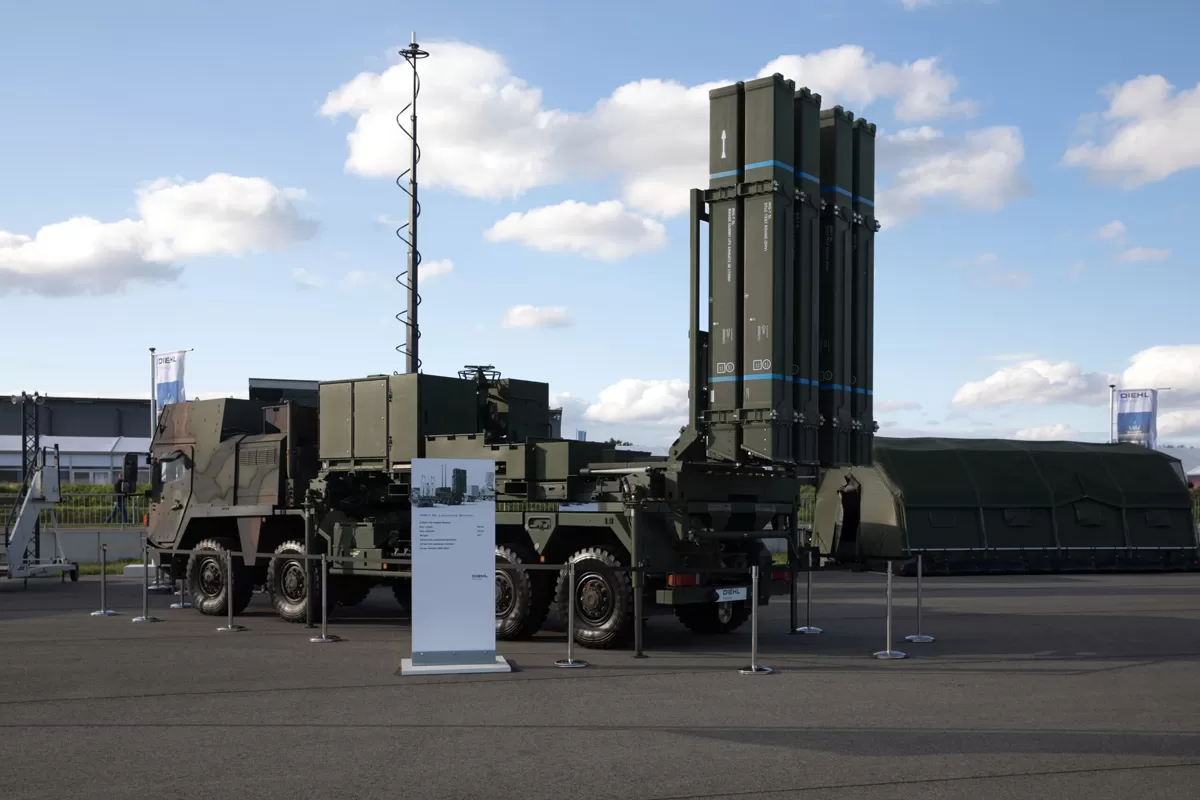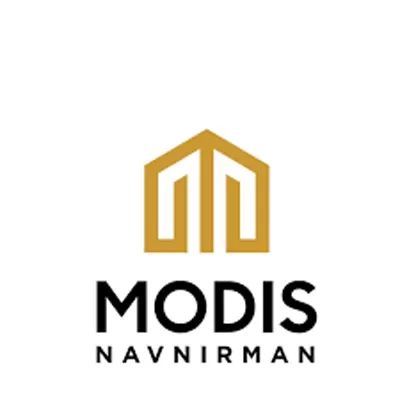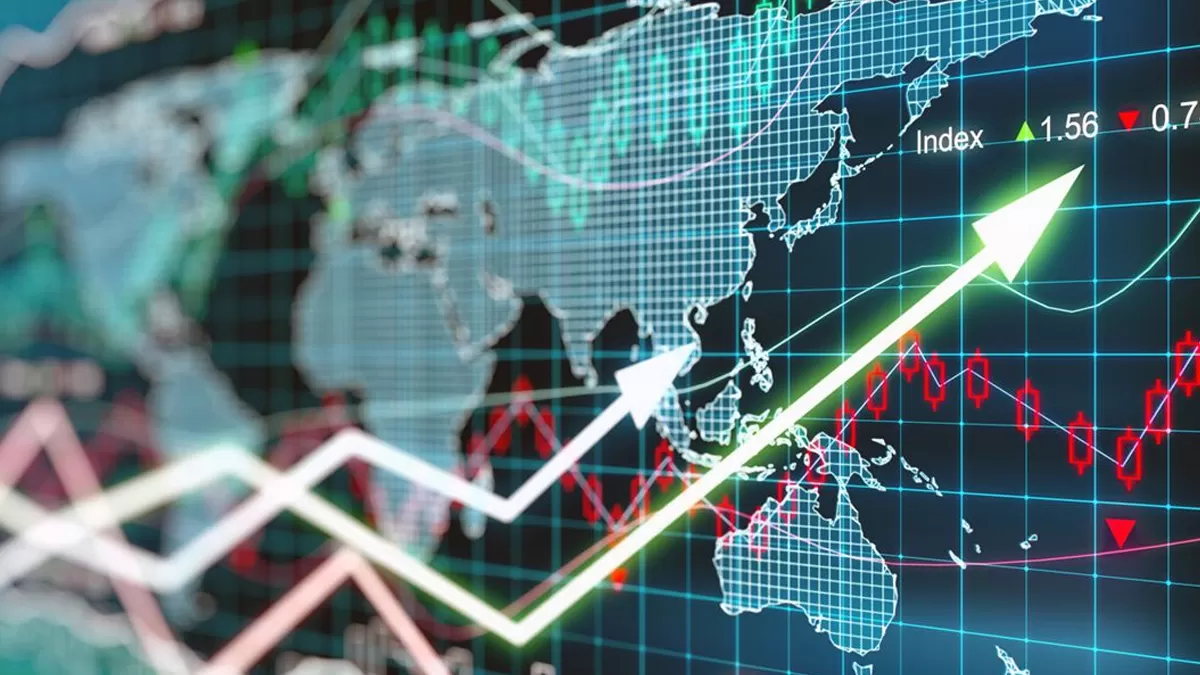Camille Richardson, Principal Commercial Officer, US Consulate, Mumbai
US Secretary of State John Kerry quoted President Obama in his video message to the US-India Strategic Dialogue, which describes the India-US bilateral relationship very well. As President Obama said, "The friendship between our two nations is one of the defining partnerships of the 21st century." Trade statistics illustrate the importance of this growing, mutually beneficial partnership. "Over the past years," Camille Richardson, Principal Commercial Officer, US Consulate, Mumbai, highlights, "US exports to India increased by about $1 billion to over $22 billion, while India's exports to our country grew by about $4 billion to over $41 billion. Moreover, in recent years, India has been among the fastest growing sources of inward investment into the US, totalling about $9.8 billion as of 2011." She shares more on ongoing and upcoming opportunities with SHRIYAL SETHUMADHAVAN.
What segments from the building, construction and infrastructure sectors do you find most attractive?
The construction industry is a conduit for building the infrastructure the Indian economy needs. US firms have opportunities to work with Indian companies to improve and expand India's defence, power and energy, and transportation infrastructure. There are growing prospects in road, railway, seaport, and airport construction and opportunities for US firms who provide design and engineering services and those who supply construction equipment. On the transportation infrastructure side, seaports and marine technology comprise an important sector for US companies. According to industry reports, India's port sector is poised to make great progress in the coming years. Therefore, we are planning a US ports and marine technology trade mission for January 2015 where we expect some of our top companies with expertise, products and services to participate and visit Mumbai, Ahmedabad and Kochi. Also, over the next 10 years, the airport sector in India is another source of interest for US companies.
What are the investment opportunities for US companies in India and for Indian firms in the US?
India's $1-trillion infrastructure market is an excellent opportunity for US design, construction, and engineering companies to export products and services to India and become major contributors to the growth and development of the country's world-class infrastructure. A key project of interest is the Delhi-Mumbai Industrial Corridor (DMIC). Also of interest to US companies are the industrial estates, clusters and industrial hubs that will be developed along this corridor.
US government supports exports of US equipment and services through our trade finance agencies. One of the first is our official export credit agency, the US Export-Import Bank (ExIm). ExIm offers competitive repayment terms and financing rates on its medium and long-term programmes for borrowers in India. The bank also offers export credit insurance for US exporters. In fact, India is ExIm's second biggest market after Mexico. The bank has over $8 billion in exposure in India, and is looking to do more business here. Additionally, the Overseas Private Investment Corporation (OPIC) supports the development of low-cost housing globally - in fact, it is an agency priority. And finally, we support the export of US technologies and services through the US Trade Development Agency (USTDA), which provides grant funding for feasibility studies that enable projects to qualify for international investment. USTDA also sponsors visits to the US for public and private-sector decision-makers looking to develop major projects such as rail systems, seaports and airports, and energy utilities.
After the successful completion of the Mumbai International Airport project, several US firms are keenly following the growth of aviation ground support as a major business opportunity. However, the US market is wide open for Indian investors, who have recently made multi-billion dollar investments in coal, gas, steel, wind power and, of course, IT.
Can you share with us some success stories of US-based companies in India?
There are many success stories of US-based companies in India; however, the participation of US companies in the construction of Mumbai's new state-of-the-art Terminal 2 (T2) is very special for us. The acclaimed T2 building at the Chhatrapati Shivaji International Airport was designed by the New York office of the globally leading architectural firm Skidmore, Owings & Merrill LLP (SOM). Another US firm, CH2M HILL, is providing programme management and technical consulting services for this $ 2-billion modernisation. In addition, the firm has modernised the existing domestic terminal; widened and strengthened the two main runways; constructed and rehabilitated taxiways and additional aprons; and improved airport facilities, including a new air traffic control tower. Several other US companies have participated to make the Chhatrapati Shivaji International Airport one of the most modern and technically advanced airports in the world. This is a true reflection of what the US-India partnership can accomplish. Another success story is from US firm Mott MacDonald, which has provided design consultancy for the monorail project in Mumbai. It is involved in the Mumbai water supply project as well.
Please elaborate upon the role played by the Indian construction or infrastructure companies in your country.
Several Indian companies have been active in the US. These include Essar in the iron and steel sector; Reliance in the shale gas sector; and Larsen and Toubro as a heavy engineering supplier to EPC contractors in the US oil refinery sector. Several other Indian companies such as Jindal and Welspun also supplied pipelines to the oil and gas sector in the US. Mid-sized Indian companies have invested in the US by acquiring companies in other sectors as well.
Highlight some important projects that India and the US are currently collaborating on.
Along with DMIC, the other projects include nuclear and gas-based power plants, helping India develop its gas and clean energy infrastructure, and the Indian railway project.
The Joint Clean Energy Research and Development Centre has funded three research projects in the areas of solar energy, second-generation bio-fuels, and energy efficiency of buildings.
What are the challenges in our bilateral economic relations? How can they be removed?
We regularly engage with India to discuss the challenges US companies sometimes face when doing business here. Similarly, we welcome views from the Indian government and private sector on how we can facilitate economic opportunities for Indian companies in the US. Some issues we have recently noted include our concerns about India's local content requirements for selected sectors, the need for adequate protection of intellectual property, and the importance of a stable and predictable tax regime. We believe that a few key reforms in these areas could go a long way in strengthening trade and investment between our countries and, more broadly, furthering India's incredible growth story. Our various economic dialogues provide an excellent forum to address concerns on both sides for the benefit of our deepening economic relationship.
Vital stats
- Historically, bilateral trade in goods has more than doubled from over $26 billion in 2005 to over $63 billion in just seven short years.
- Counting trade in services, the commercial relationship is nearing $100 billion - up from about $90 billion in 2011.
- FDI to India from the US reached $24.7 billion in 2011.
(For the full version, log on to www.ConstructionWorld.in/webx)
To share your views on India-US relations, write in at feedback@ASAPPmedia.com



















